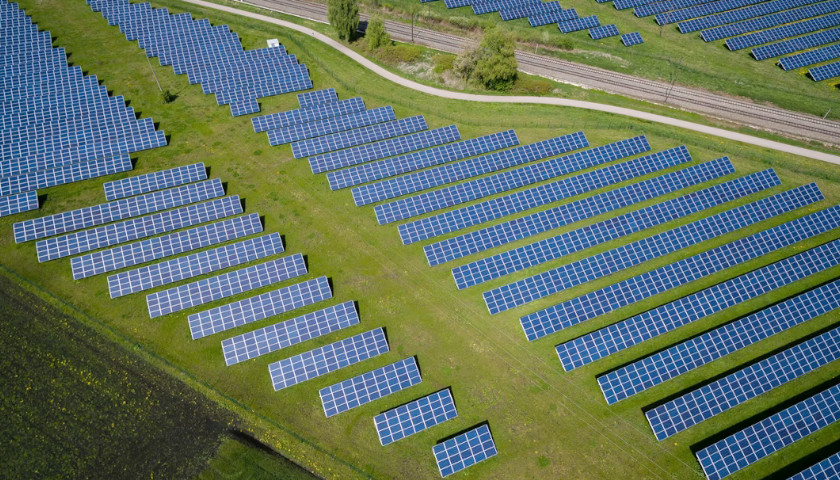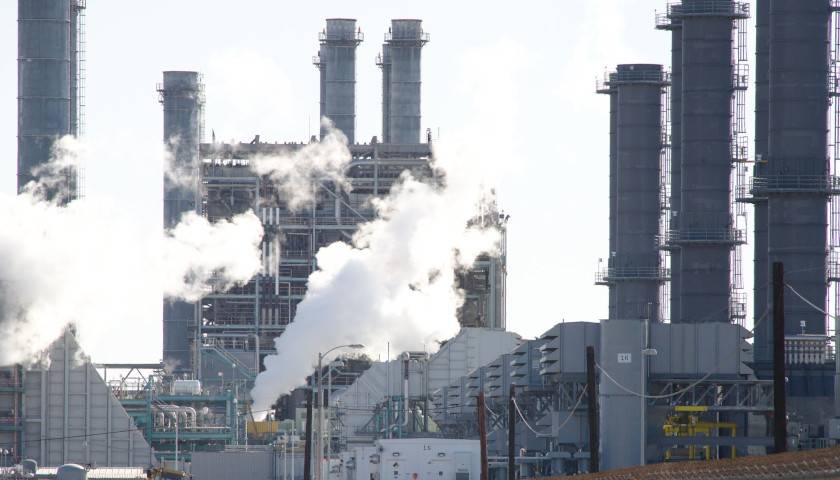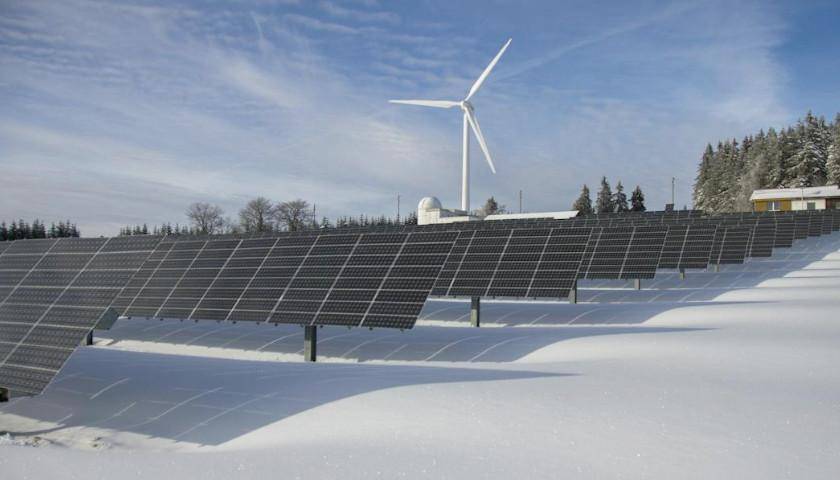The Biden administration proposed to open up tens of millions of acres of public lands to solar development on Thursday after cementing restrictions on oil and gas activity across large swaths of Alaska.
The Bureau of Land Management (BLM) rolled out its proposed “Western Solar Plan,” which would put approximately 31 million acres across 11 western states on the table for possible solar development. The agency’s solar plan comes on the heels of its Tuesday announcement that it had finalized protections for 28 million acres of public land in Alaska that will effectively prohibit oil and gas activity on that acreage.
Read More

